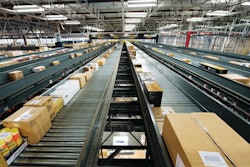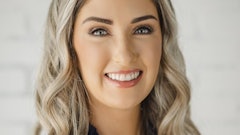Inspired in part by ambitious sustainability goals from global companies like Walmart and McDonald's, the Innovation Center for U.S. Dairy is starting to fund research projects and develop tools that dairy processors can use to calculate the carbon footprint of their products.
While almost three-quarters of dairy products’ greenhouse gas (GHG) emissions occur at the farm level, some processors are taking the lead and developing robust programs to reduce the inputs they control. Research commissioned by the Innovation Center calculates the total carbon footprint of fluid milk is 35 million metric tons, with 5.7 percent attributable to processing, 3.5 percent to packaging and 7.7 percent to distribution.
"Sustainability makes sense and makes dollars and cents in many cases,” maintains Chad Frahm, the Innovation Center’s vice president-business development. “Dairy farmers have focused on stewardship and sustainability forever, but what has not happened is telling that story. Leadership is trying to be very proactive and stay ahead of consumer expectations by developing a framework that the industry and everyone else can coalesce around.”
Walmart, McDonald’s and other major customers have seats on the center’s Sustainability Council, as do Non-governmental organizations such as the World Wildlife Federation are helping to spotlight pacesetters among the nation’s 1,000-plus dairy plants producing fluid milk, cheese, cultured products and other foods. The council’s goal: a 25 percent GHG reduction for dairy producers and processors by 2020.
That’s a lofty ambition, but some dairies are well on their way to achieving it. Darigold Inc., the Seattle-based processing arm of the Northwest Dairy Association, had to move its goalposts after carving $6.4 million from energy costs (5.4 percent) from 2005-2009. Additional efficiencies have made Darigold more competitive in global trade of milk powders.
To read more, click HERE.



















